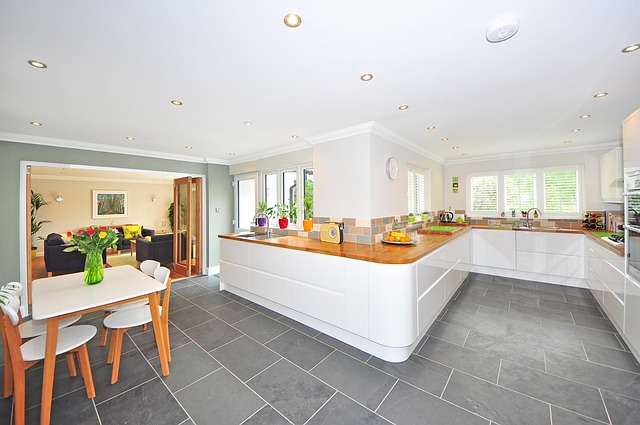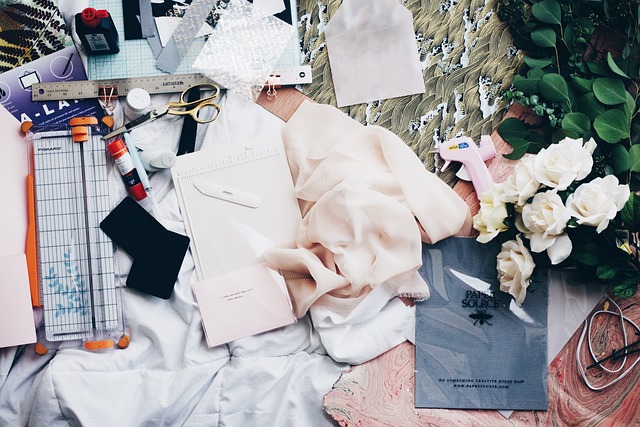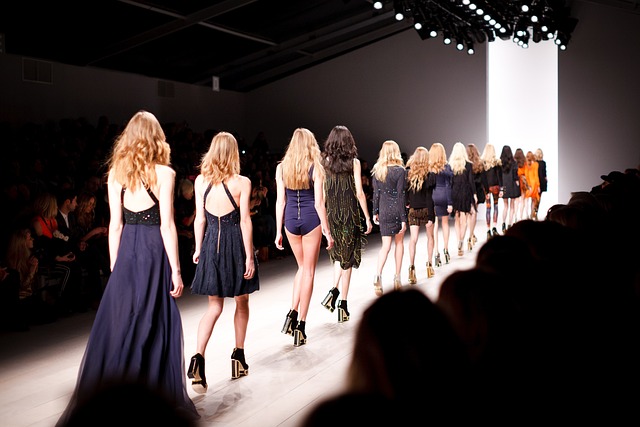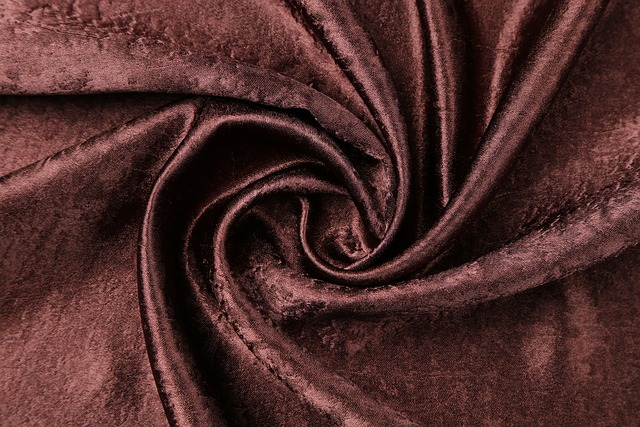In the world of design, the boundary between fashion and interior decor is becoming increasingly blurred. As style trends from the runway make their way into homes, many El Paso homeowners are turning to the fashion industry for inspiration in remodeling their kitchens. Just as clothing tells a story about personal identity and lifestyle, a well-designed kitchen reflects the character and taste of the people who live there. Kitchen remodeling in El Paso is evolving into a process of self-expression—much like fashion.
This article explores how runway fashion can inspire kitchen remodeling projects in El Paso, offering stylish, on-trend, and bold ideas that go beyond traditional design choices.

The Relationship Between Fashion and Kitchen Design
Fashion and interior design are both visual languages that revolve around form, color, texture, and mood. The kitchen, often considered the heart of the home, is no longer just a place for cooking—it’s a gathering space, a statement area, and in many cases, a showpiece. Just like an outfit, a kitchen can be classic, edgy, minimalist, luxurious, or eclectic.
Fashion runways often forecast upcoming color trends, patterns, and materials that interior designers adopt soon after. For example, if jewel tones dominate a major fashion season, expect to see emerald backsplashes, navy cabinetry, or gold hardware trending in kitchens shortly after.
Fashion-Inspired Color Palettes for El Paso Kitchens
One of the easiest ways to infuse fashion influence into your kitchen remodel is through color. El Paso’s bright sunlight and earthy desert tones create a perfect backdrop for runway-inspired palettes.
Rich tones like burgundy, emerald, and cobalt—common in high fashion collections—can bring bold energy to cabinetry or tile. Meanwhile, neutral shades such as camel, charcoal, and cream create an elegant and timeless base, much like a fashion-forward capsule wardrobe.
For homeowners who appreciate minimalist fashion, consider an all-white kitchen with matte black accents. For those who love playful, streetwear-inspired looks, pastels or color-blocking can offer a more vibrant, contemporary aesthetic.
Textures and Materials Borrowed from the Catwalk
The tactile nature of fashion translates well into kitchen remodeling. On the runway, you might see a combination of leather with silk or tweed with metallics. Similarly, a kitchen can combine different textures for visual interest.
Consider pairing smooth quartz countertops with textured tile backsplashes, or glossy lacquer cabinets with brushed brass handles. Mixed materials—like concrete with wood or marble with matte finishes—create dynamic, layered looks, much like a well-accessorized outfit.
For El Paso homes, integrating local materials like natural wood or stone with high-end finishes can create a balance between Southwest warmth and high-fashion sophistication.
Designer Details in the Kitchen
Fashion thrives on details, and so does a memorable kitchen. Statement elements in clothing—such as oversized buttons, unique stitching, or bold accessories—can inspire standout kitchen features.
Pendant lights can be selected to mimic bold jewelry, while sculptural range hoods or custom drawer pulls can act as functional art pieces. Patterned tiles can reflect runway prints, while bold hardware in brass or black can mimic the look of leather accents or metallic belt buckles.
Open shelving, floating islands, and glass-front cabinetry can be styled much like a fashion display—elegant, curated, and personal.
Seasonal Remodeling Inspired by Fashion Cycles
Just as fashion evolves by season, kitchen remodeling trends shift throughout the year. El Paso homeowners can align their remodeling projects with seasonal fashion trends to stay current while keeping their spaces functional.
Spring fashion often introduces florals, light fabrics, and soft hues. Similarly, spring kitchen remodels can feature lighter woods, pastel tiles, and natural lighting enhancements.
Fall fashion introduces deeper colors, layered textures, and cozy aesthetics. Translating this into the kitchen may involve darker cabinetry, ambient lighting, and textural wall treatments like stone or wood paneling.
While fashion trends are fast-paced, kitchen remodeling is a long-term investment. Therefore, drawing subtle inspiration from fashion rather than copying fleeting trends allows for timeless design rooted in current style.
Personal Style Meets Functionality

El Paso homeowners who are style-conscious often seek ways to unify their fashion sensibilities with the functional aspects of their kitchen remodel. A person who favors modern, structured fashion may gravitate toward sleek, handleless cabinets and minimalist layouts. Someone who wears more eclectic, vintage pieces might prefer open shelving, retro appliances, or farmhouse sinks.
By aligning fashion preferences with layout choices, finishes, and color schemes, the remodeled kitchen becomes a personal statement. Just like a well-tailored outfit, a fashion-inspired kitchen should fit your lifestyle, routine, and taste.
Working With Style-Savvy Remodelers in El Paso
To bring your fashion-inspired kitchen to life, it’s important to work with El Paso remodeling professionals who understand both form and function. Many local designers and contractors are well-versed in current trends and can help you adapt fashion-forward ideas into practical, lasting design elements.
Look for remodelers who can provide design consultations, digital mood boards, and custom finish options that reflect your vision. Ask to see previous projects that incorporate bold colors, custom cabinetry, or unique layouts inspired by modern design trends.
Final Thoughts
Fashion is no longer limited to closets and wardrobes. It has made its way into every corner of home design, including kitchens. In El Paso, where tradition meets modern flair, incorporating fashion runway elements into your kitchen remodel can create a bold, stylish, and personal space that stands out.
From color palettes to textures and design features, your kitchen can reflect the same creativity, individuality, and elegance that you bring to your fashion choices. With the right vision and guidance, your kitchen remodel can feel like stepping onto a runway every time you walk in.



